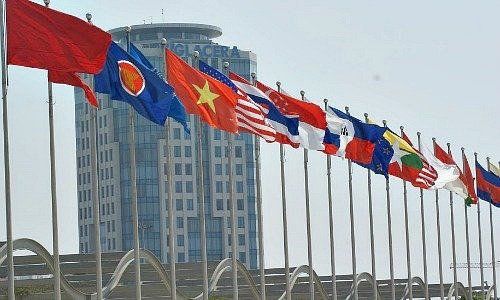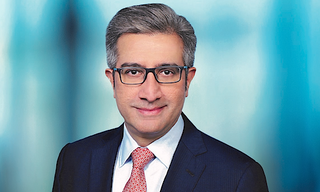With regulatory and distribution initiatives helping to level the playing field between local and foreign fund houses, Southeast Asia is becoming a happy hunting ground.
Regulators in the region are seeking to grow their fund industries by opening their markets wider to foreign investment funds and expanding sales channels.
Cerulli Associates, a global research and consulting firm, has found in its recently released report, Asset Management in Southeast Asia 2017 that regulator-led developments are making Southeast Asian retail and institutional markets more attractive for asset gathering.
In the retail space, more open markets and diversified distribution channels are paving the way for greater participation by foreign fund houses.
Fintech Opening Doors
Thailand, for example, in early 2016 began to allow offshore funds to be sold directly, although the master-feeder route remains popular among both global and fund houses. Gradual efforts are also underway to open up the market's long-closed distribution architecture. Bangkok is also gaining traction as a growing fintech hub for innovators wishing to push into the ASEAN countries.
Malaysia in May 2017 issued a regulatory framework for digital investment management, or robo-advisors; and Indonesia in November 2015 permitted Shariah funds to fully invest overseas, which translates into subadvisory opportunities for foreign managers.
In addition, more online fund distribution platforms have also been launched across the region, even if they are still a small source of mutual fund assets under management (AUM), and regulators are closely eyeing fintech developments to facilitate better access to funds.
Fulfilling The Potential
other examples also abound in Southeast Asian markets (excluding Singapore) the Philippines for example has allowed standalone trust players to build agency forces. Manulife recently announced a new push in the country.
Cerulli forecasts that total mutual fund Assets Under Management in Southeast Asia will grow at a robust compound annualized rate of 12.3 percent over the next five years to hit $566 billion by 2021, led by Indonesia.
«Five years ago, we took the view that Southeast Asia's funds industry held lots of promise that would nevertheless take a long time to unfold,» and lead author of the report. «But now, we are more sanguine about global managers' prospects in the region, as signs point to a more level playing field between homegrown and foreign fund houses,» said Chin Chin Quah, associate director at Cerulli.


























